Modern Rodding TECH
InTheGarageMedia.com
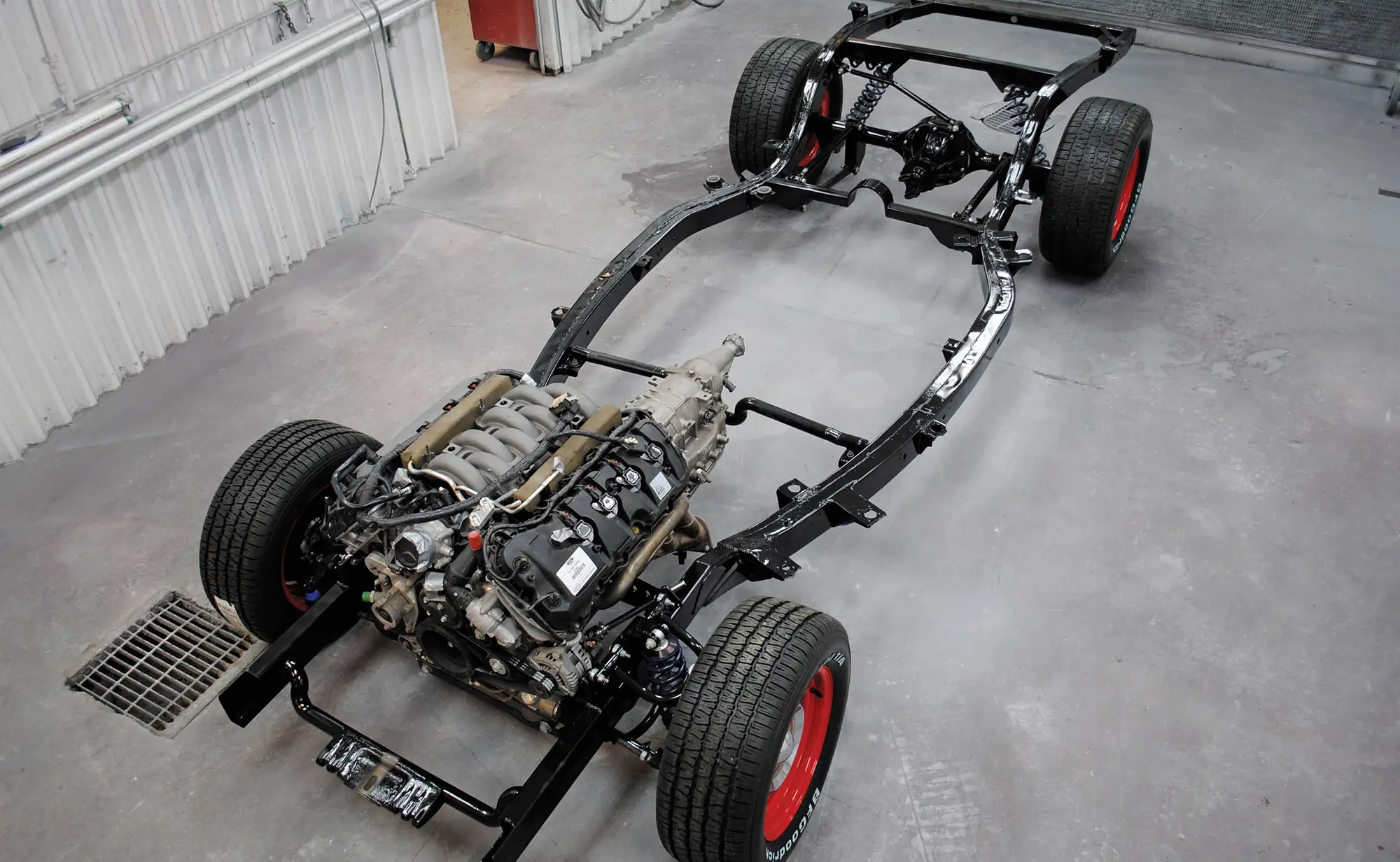
 Photography by Tate Radford
Photography by Tate Radforde’ve been following along as Colin and Sue Radford’s ’57 Ford Del Rio Ranch Wagon has been undergoing the transition from a mild-mannered grocery getter to a legitimate pavement pounder. So far Colin and his grandsons, Tate and Caden, have replaced the stock suspension with components from Art Morrison Enterprises (AME). Up front is an AME bikini clip with a Flaming River rack-and-pinion, in the rear is an AME axle housing and four-bar kit, and at all four corners are Strange Engineering coilovers. For motive power, Team Radford replaced the 292 Y-block and Ford-O-Matic transmission with a Ford Performance Coyote V-8 backed by a Gearstar 4R70W automatic transmission.
It’s safe to say for most hot rodders who have a family and a full-time job, time for projects can be scarce. But perseverance will pay off in the long run; as time allows, the culmination of many small bursts of effort will eventually produce big results. That continuing effort in the Radford garage resulted in the chassis for this project being completed and ready with a fresh coat of paint and Wilwood disc brakes all around.
During its construction the chassis and body of the wagon remained intact so the necessary modifications to the firewall could be made to accommodate the Coyote V-8 and sections of the floor could be altered for the rear suspension to fit. With those tasks completed the body was lifted off the frame and all the suspension components were removed. The framerails were then sandblasted, primed, and painted gloss black. All the suspension components were prepped and shot with the same primer and paint. As this car will be driven, there will be no need for bling on the underside—clean and sanitary was the goal.
With the chassis painted, the suspension components were reinstalled. The AME front suspension uses Wilwood’s ProSpindles, specifically designed for fabricated A-arm suspensions. These spindles are available in stock height (Wilwood PN 830-10832) or 2-inch drop (PN 830-9807). To fit these spindles a Wilwood forged Dynalite Pro Series front brake kit, PN 140-9917-DR was selected. This kit combines 11-inch rotors with forged billet aluminum and four-piston Dynalite calipers that feature 1.75-inch stainless steel pistons. These calipers come with Wilwood’s BP-10 high-performance brake pads for longer wear and lower dust levels than standard pads. Dynalite calipers are available in 25 colors and can be used with some 14-inch wheels and most 15-inch wheels. FDLi Pro-Series brake kits can be used with either manual or power boost master cylinders.
In the rear, stopping power is provided by Wilwood’s Forged Dynapro Low-Profile, Pro-Series rear parking brake kit. This kit includes Dynapro low-profile calipers with four 1.38-inch stainless steel pistons. Like the front calipers, they are available in a variety of colors and come with BP-10 pads. But what makes this kit unique are the one-piece hat and rotor assemblies that combine disc brake rotors with drums for parking brakes. Inside the brake drums are unique internal expanding parking brake assemblies that are both clean-looking and effective. Like the front brakes, these rear kits will accommodate some 14- and most 15-inch wheels.
When choosing a Wilwood master cylinder there are differences between those for manual and power brake applications. The popular compact tandem master cylinders for manual brakes are available in two bore sizes, from 7/8 and 15/16, and come with a captured pushrod. Master cylinders intended for power brakes don’t have a push rod and are available in two bores sizes, 1 or 1-1/8 inches. Compact master cylinders are available in two finishes, ball burnished or black e-coat. For this application, a Wilwood power brake master cylinder was used with a dual-diaphragm vacuum booster from Classic Performance Products.
An important consideration when selecting brake components is the ratio of the pedal assembly. Consider this, 100 pounds of pedal effort on a 1-1/8 bore master cylinder with a 5 to 1 pedal ratio results in 505 psi of hydraulic pressure, with a 7 to 1 pedal hydraulic pressure increasing to 707 psi. By comparison, the numbers for a 7/8-inch master cylinder with the same pedal ratios are 833 psi and 1,167 psi. Smaller-bore master cylinders create more pressure but deliver a smaller volume of fluid, but larger-bore master cylinders that deliver a larger volume of fluid often require a booster to create the necessary hydraulic pressure. However, be aware that Wilwood “preaches” that 18 inches of manifold vacuum at idle is required for the proper operation of a power brake system.
A final consideration when selecting brake components is the fluid used. DOT 3, DOT 4, and DOT 5.1 glycol-based fluids are hygroscopic, meaning that they absorb moisture while DOT 5 silicone doesn’t. While it sounds like a bad thing, by absorbing water in the system glycol-based fluid won’t cause corrosion the way that water will in a system with DOT 5 silicone. The big advantage of silicone brake fluid is it won’t harm painted surfaces. If you choose silicone fluid it should be changed regularly, and the brake system thoroughly flushed to remove any moisture.
With the chassis completed the next step is to drop the body in place, then it will be time to make the wagon look as good on the top as it does on the bottom. Colin has the talent, and he has the perseverance to do it—and we’ll be following along as it happens.
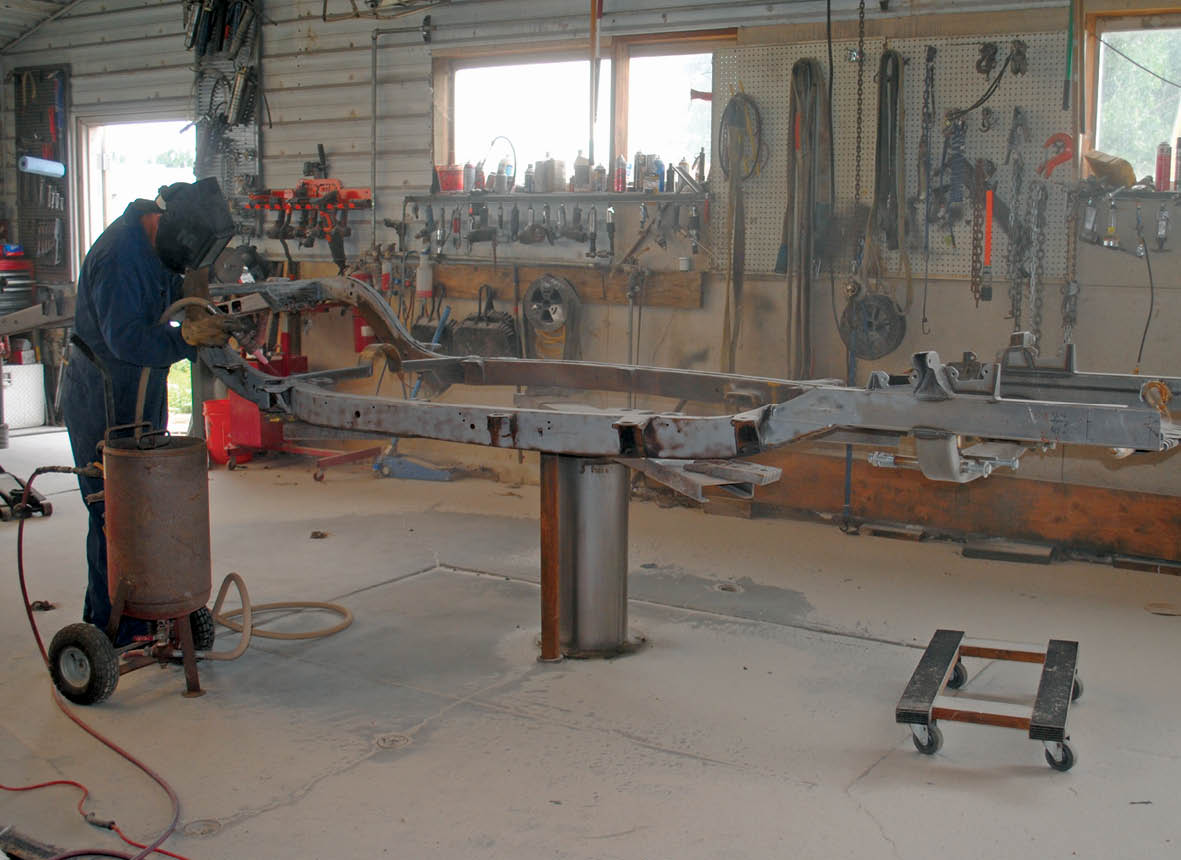


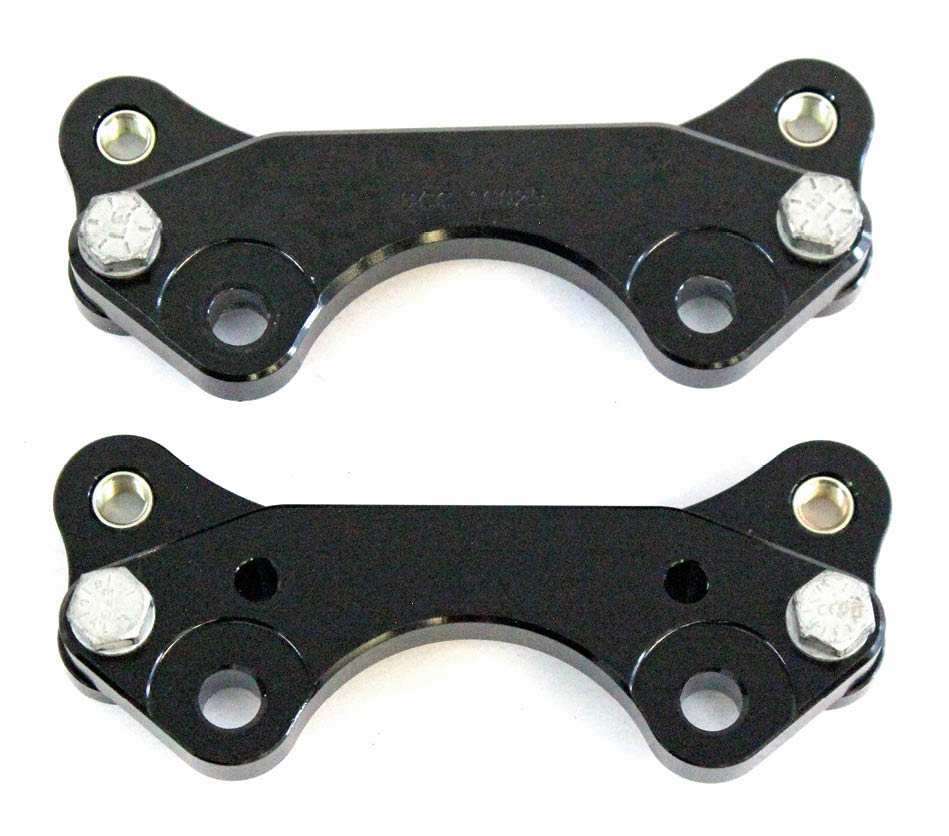

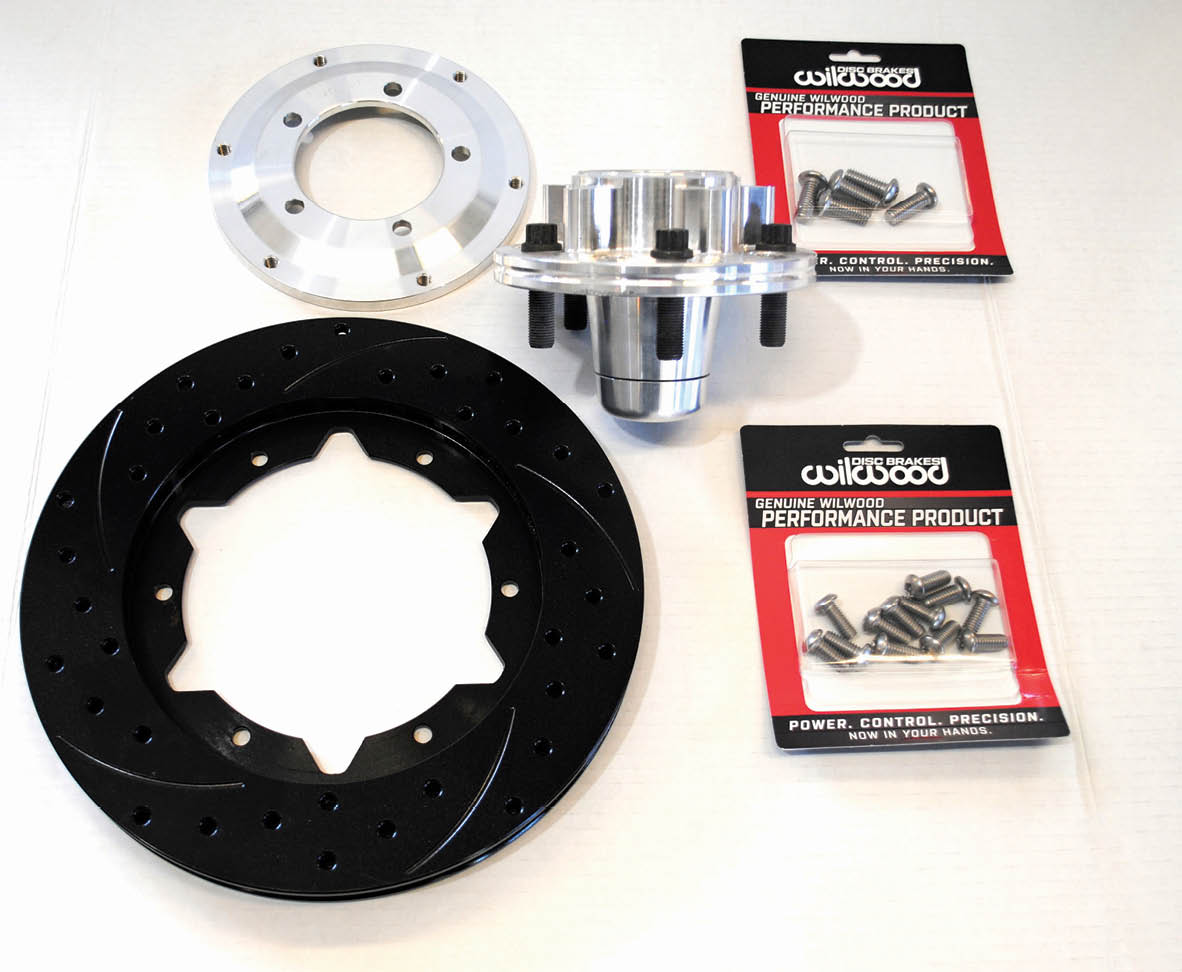
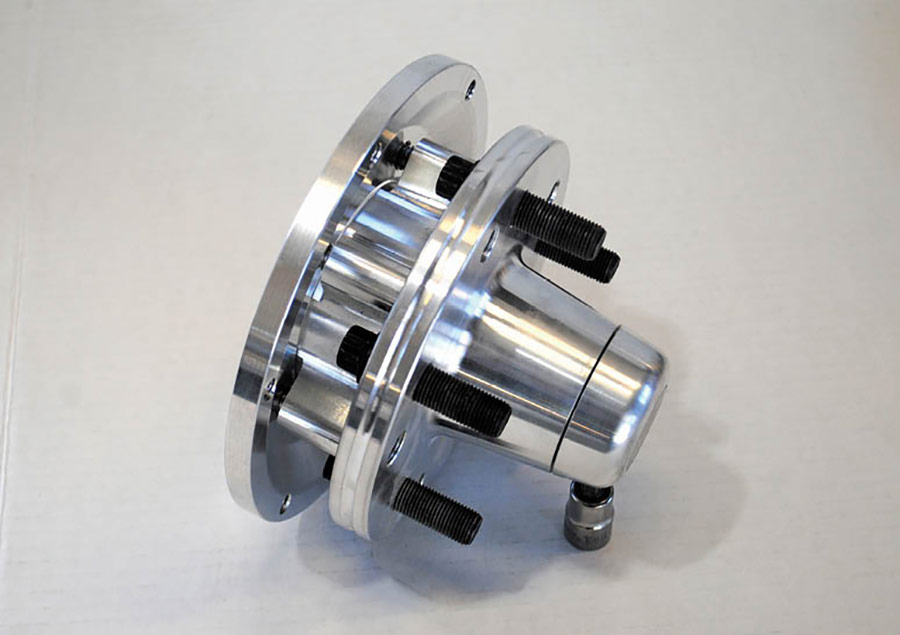
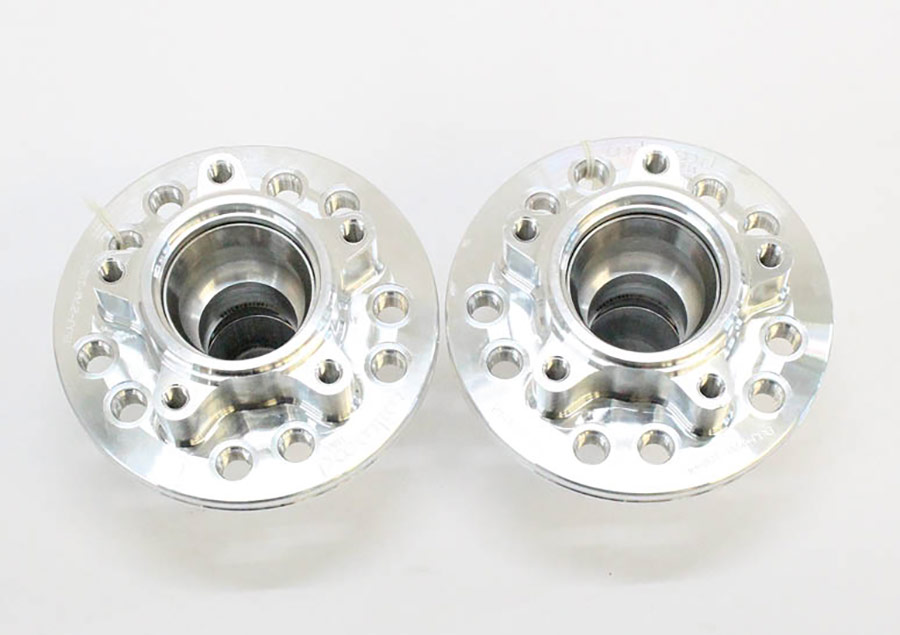


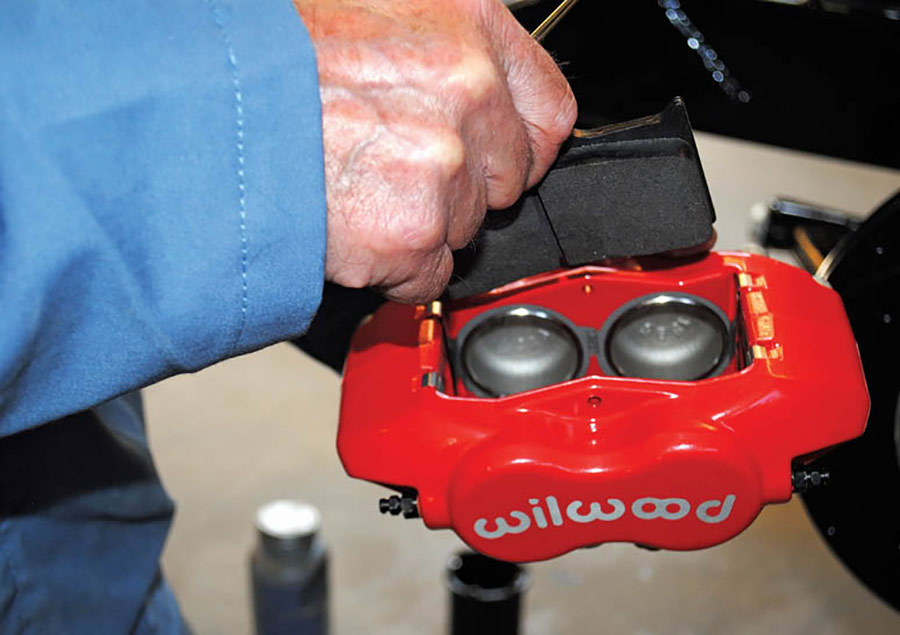
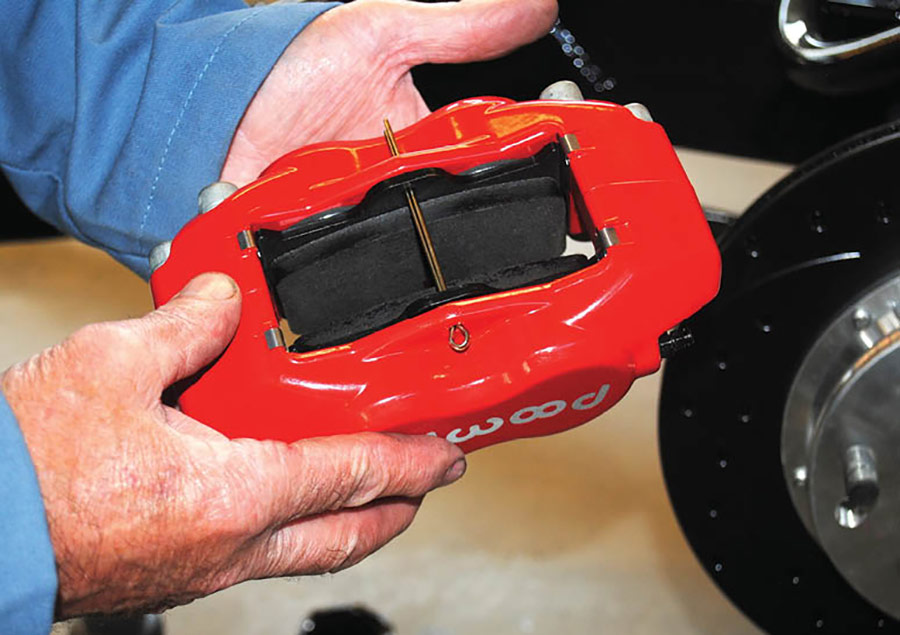


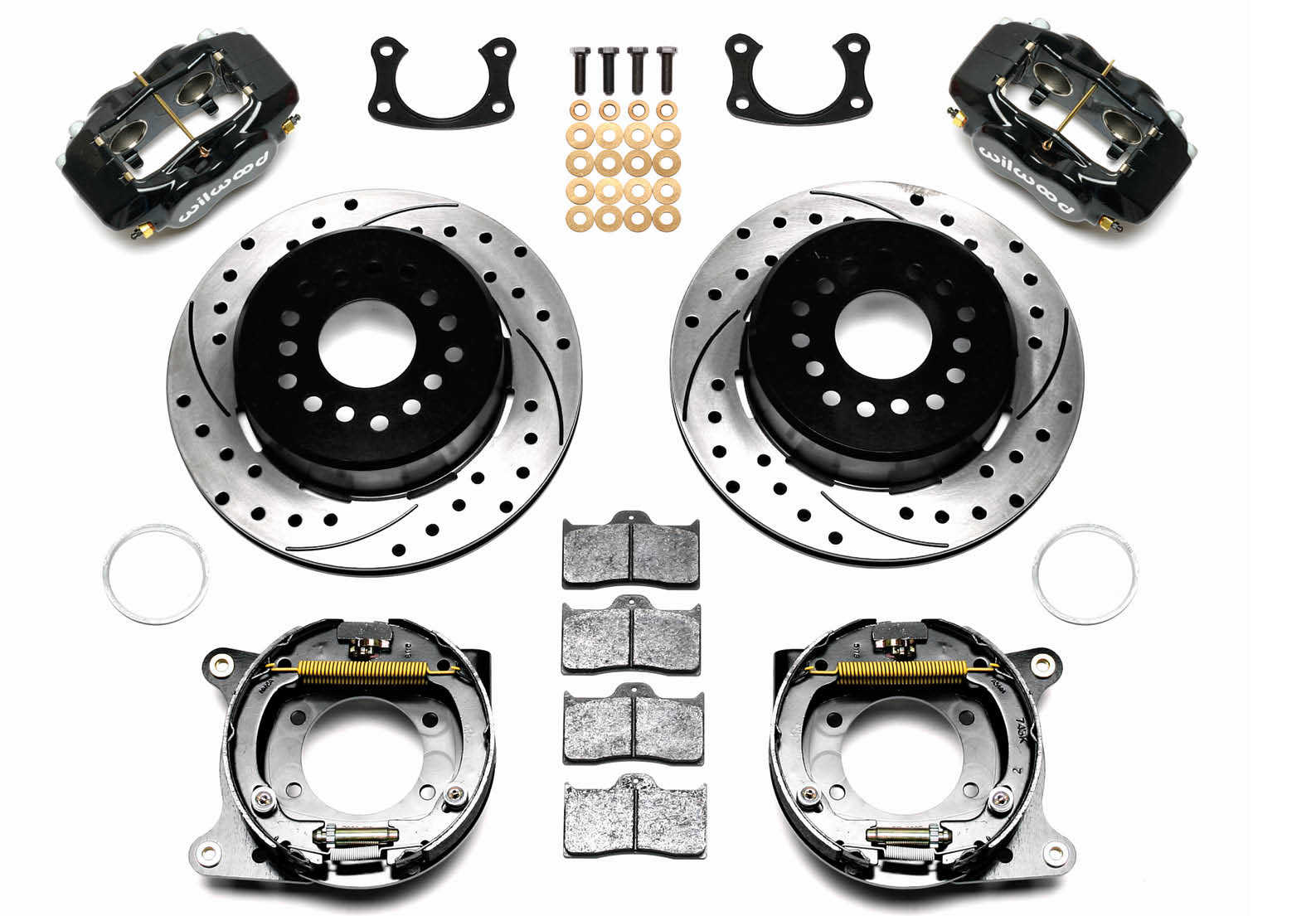

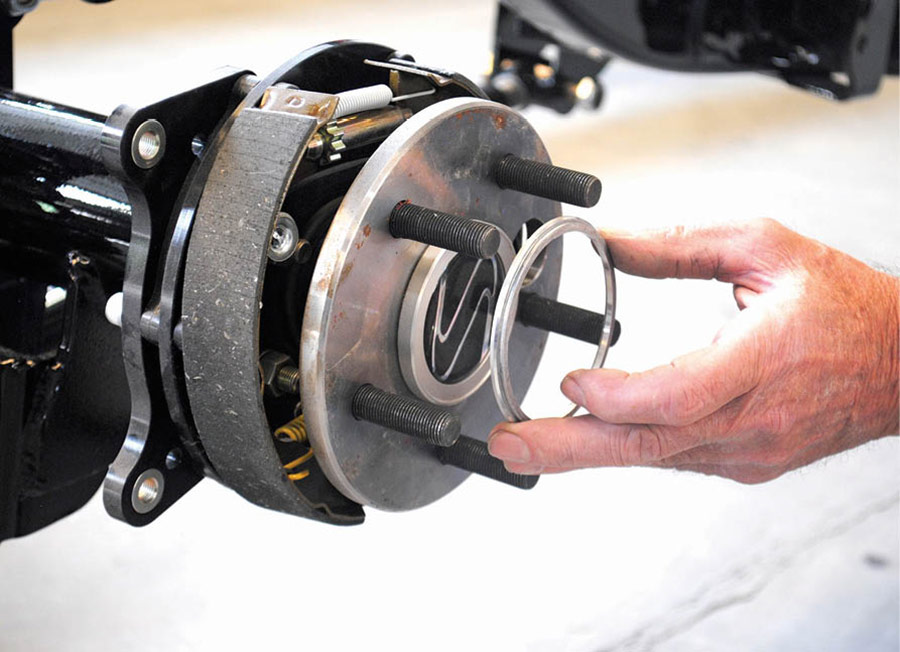



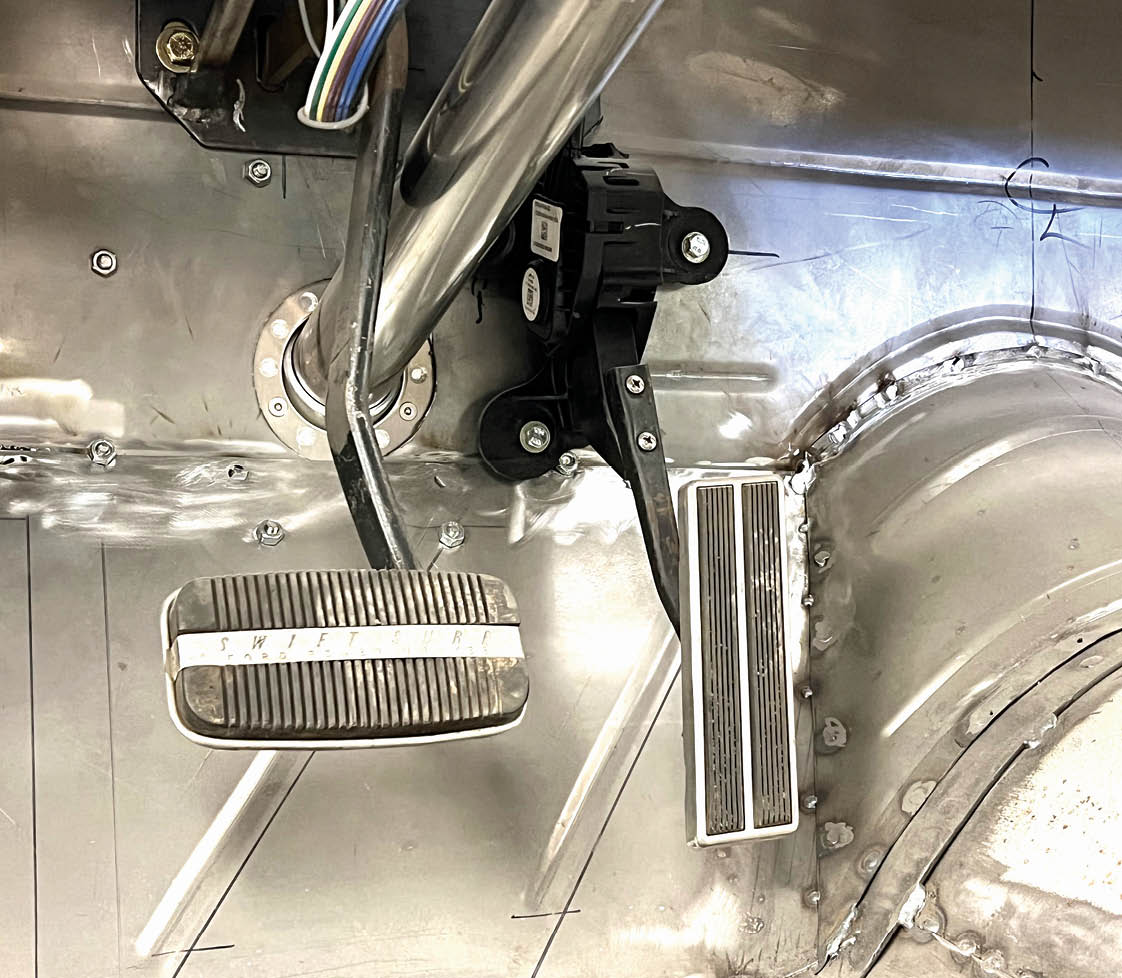



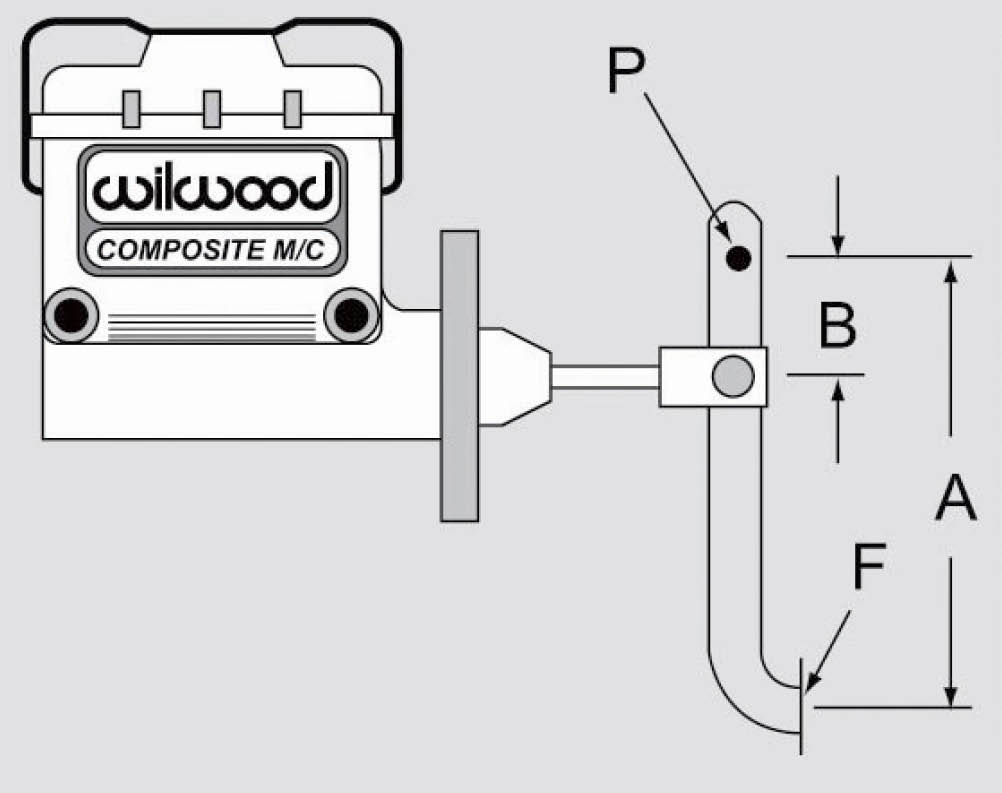

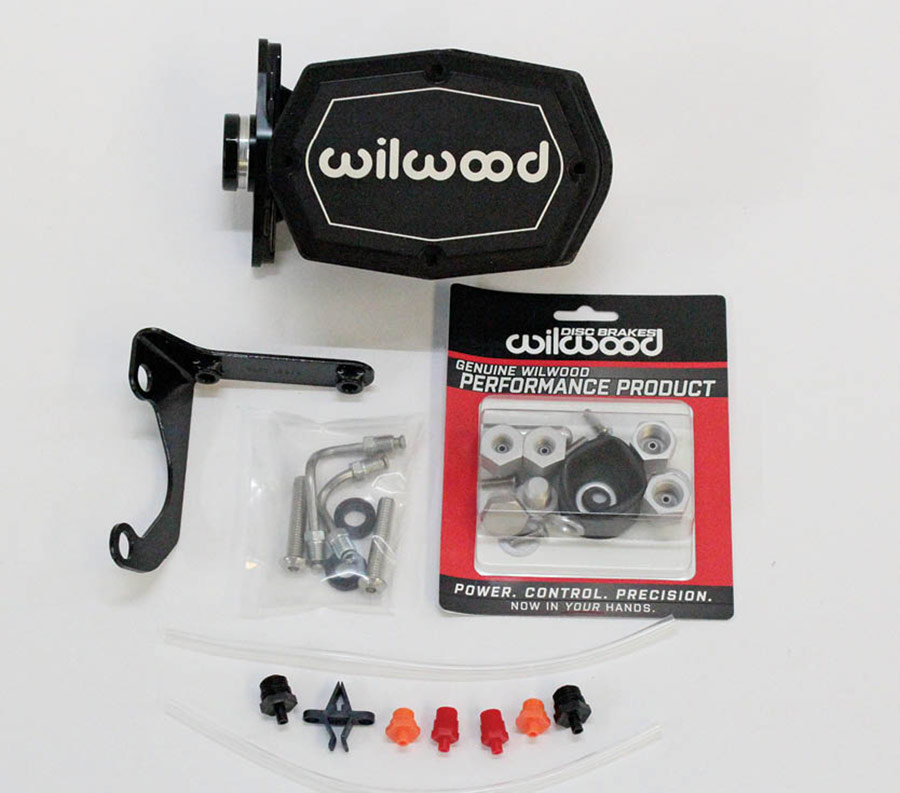
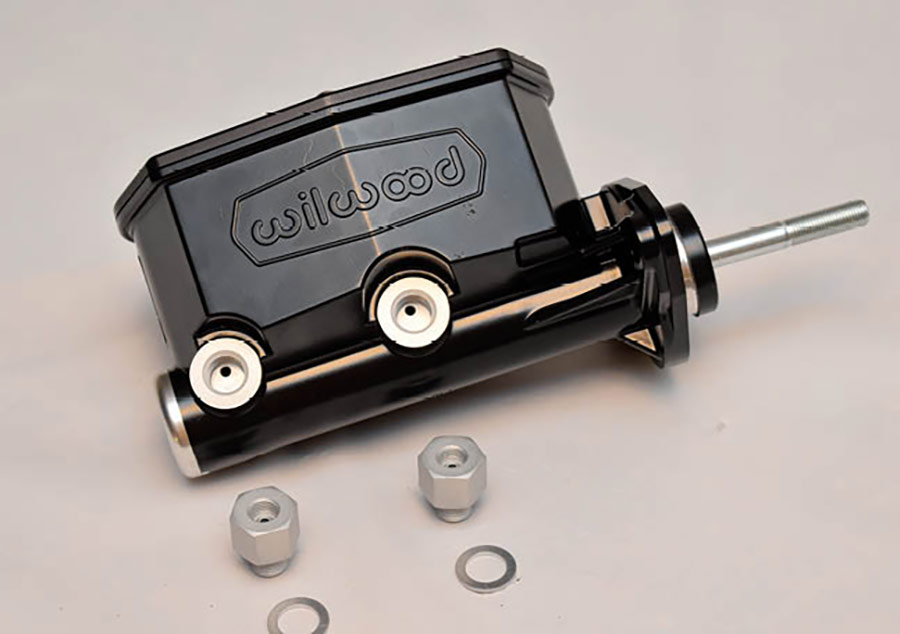
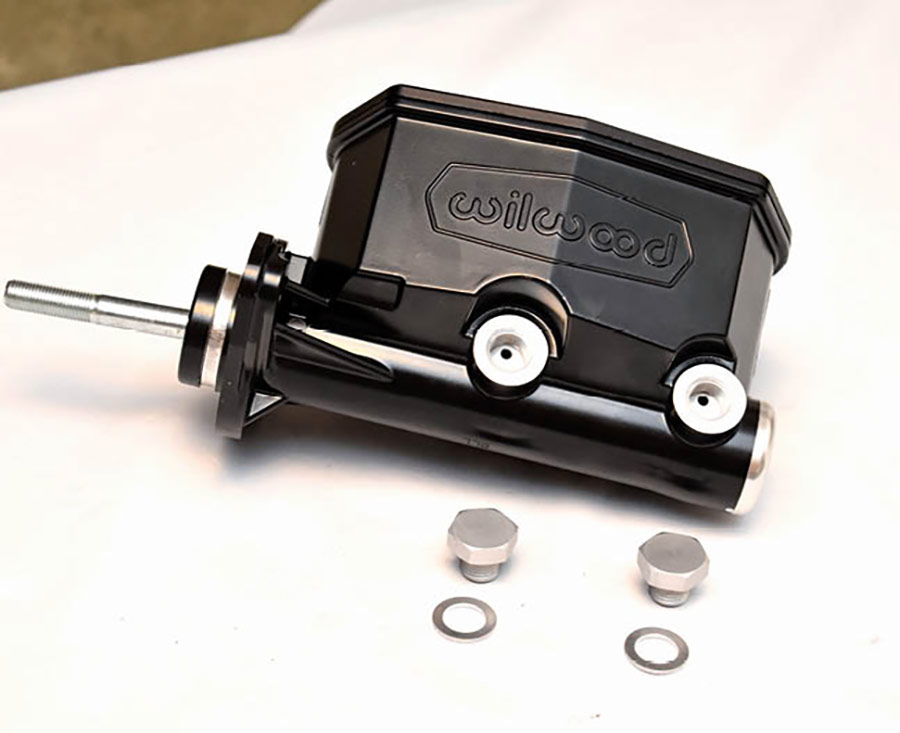

 SOURCES
SOURCES(208) 745-1350